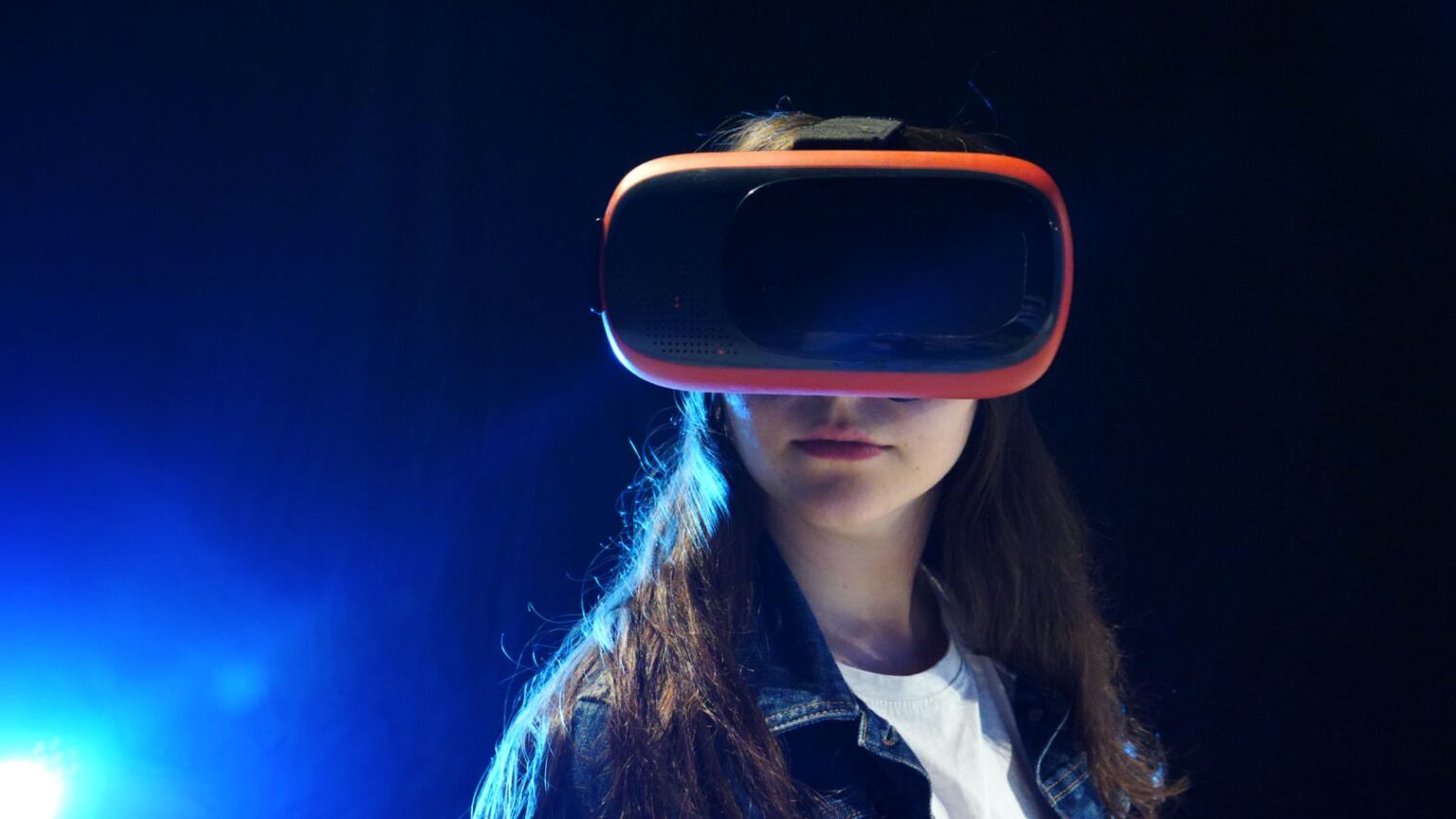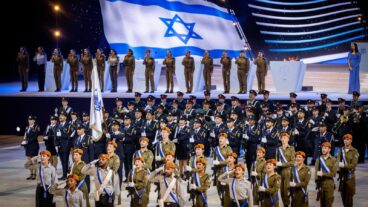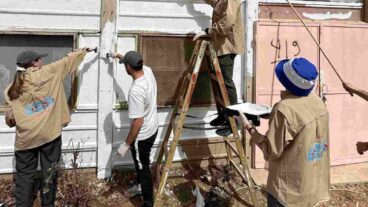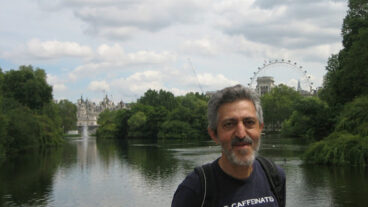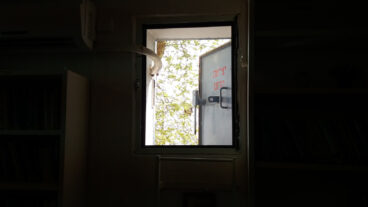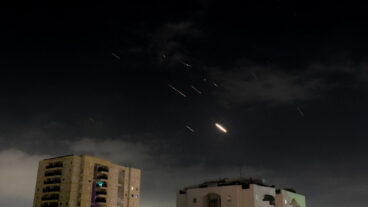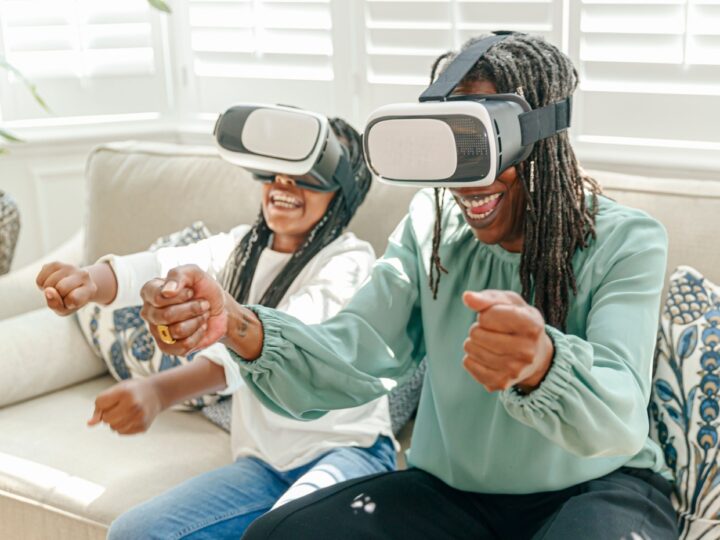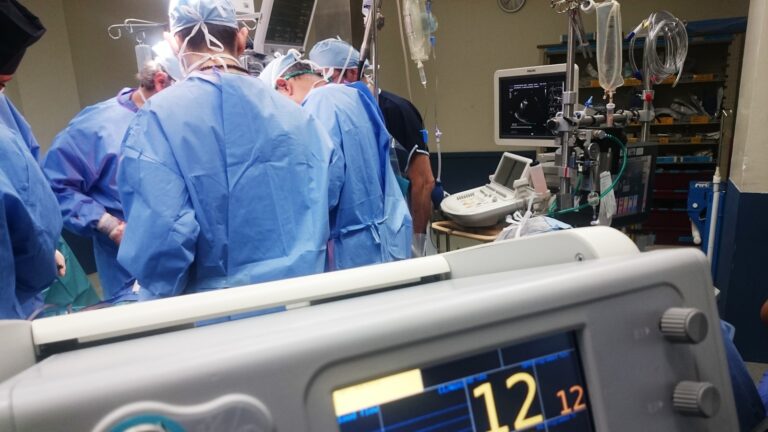“Covid screwed us,” admits Ruby Edelman. “And the question arose as to what we could do to keep moving forward.”
A dancer, choreographer and CEO of Machol Shalem Dance House in Jerusalem, Edelman is used to hosting an array of dancers, festivals and dance works throughout the year, something that at first glance seemed completely at odds with the social distancing that Covid has brought upon us.
And yet, the dance center was determined to keep up its work, giving independent dancers a platform for their creations, connecting them with influencers around the world and promoting dance culture in the city.
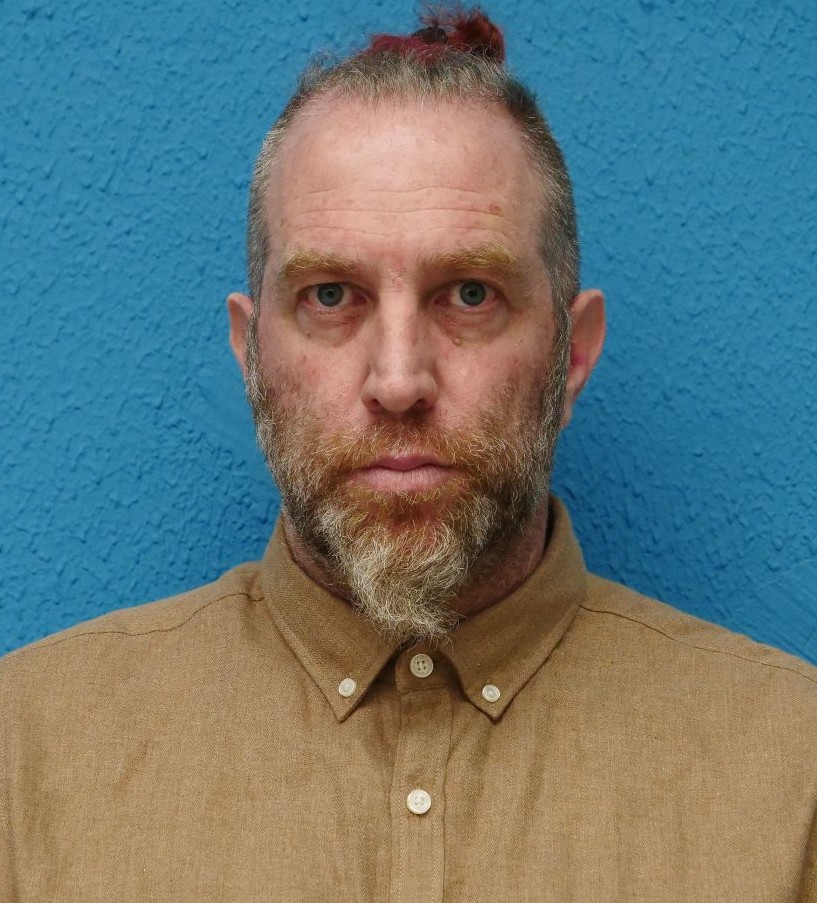
“We examined what innovative fields and interfaces could work with dance, for example the whole field of screenings and combining interdisciplinary video work,” he explains. “It wasn’t what we were looking for. And then at some point the idea of virtual reality came up, because we understood the potential of creating an immersive experience.”
Before long, they realized that VR could even surpass the real-life experience of a dance show.
“If you sit in the front row, in the best-case scenario you get to see all the dancers in front of you. But what if we let you stand in the middle of the stage with the dancers around you?”
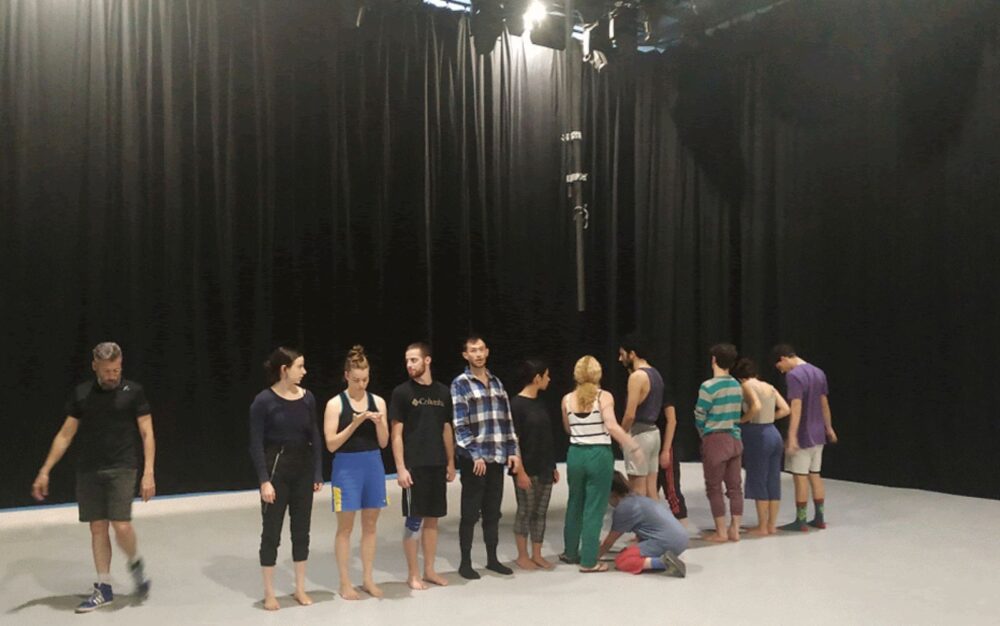
Once the idea took hold, the center invited dancers to a specially built 360-degree studio, where they were filmed in a rather complex way with a multitude of cameras.
Using VR technology, the shots were integrated in a way that creates a completely immersive experience around the viewer.
Right there next to you
Edelman notes that Machol Shalem is the first in Israel to create VR dance performances. Some of their partners abroad, particularly in Singapore, are experimenting with slightly different VR technologies.
“The cameras created stereoscopic filming – each camera direction had two lenses, like eyes, but each lens creates a slight distortion. Once you film it that way with two lenses for each direction, then each eye in the headset gives you the feeling that what you’re seeing is tangible and right there next to you.”
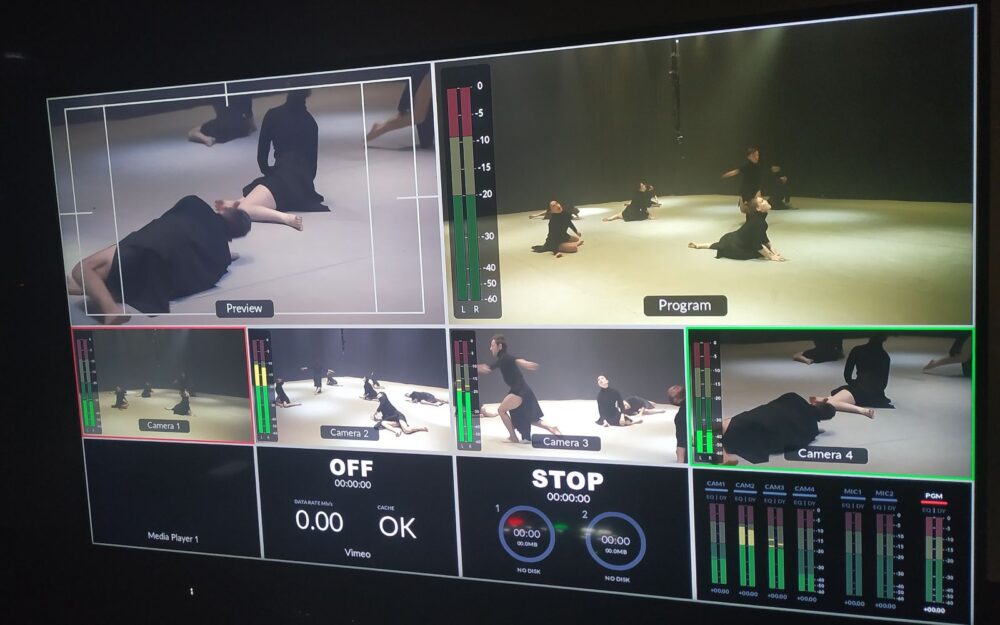
“When people put on the headset, they find themselves in the middle of the stage, with the dancers passing right next to them, almost through them. We created a three-dimensional experience that challenges the senses in the fullest way possible. People really try touching the dancers when they get close to them.”
VR Dance
The result of all this filming was VR Dance, a dance festival in collaboration with the Israel Festival that showcased both live and VR dance shows in the summer.
“Visitors came into an empty performance hall, got a swiveling chair, the VR headset and an accompanying app, put on the headset and were launched into the performance,” Edelman says. “Once the lights came up, they were suddenly surrounded by dancers.”
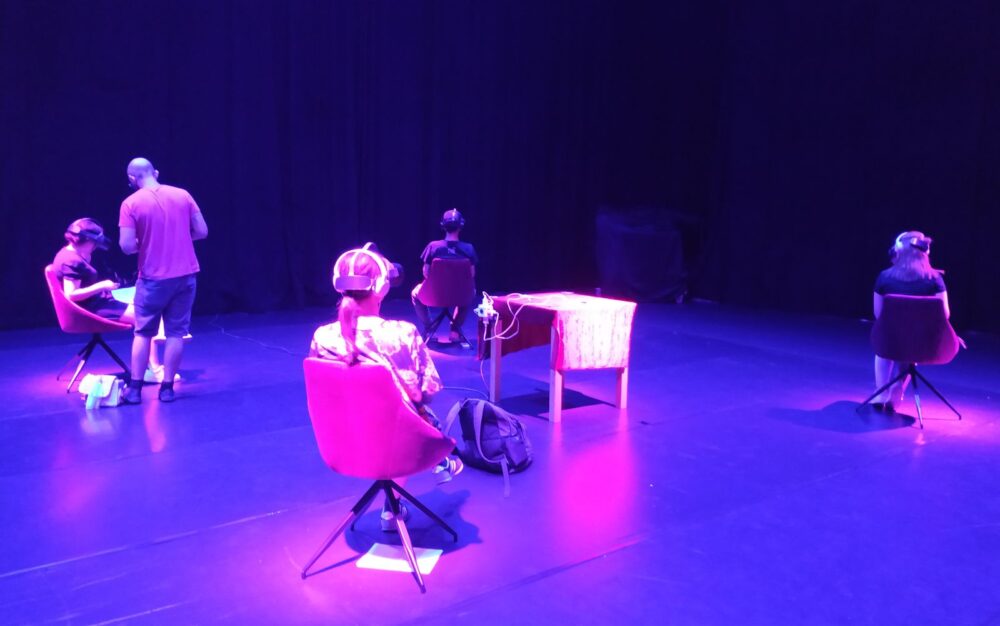
The responses, he notes, were excellent.
“People came out of it as if on a trip. Some people even tried to get up and dance with the dancers or touch them.”
“We’re now trying to hone it and see what else we can get out of it, out of the strong elements of this technology that enables this unusual viewpoint.”
Virtual performance hall
Another VR-centric international festival on October 14 will offer an innovative way to view Israeli dance from abroad.
“We can’t bring people to Israel this year – all events like ours that planned on having overseas guests can’t do so,” Edelman notes. “We can send over videos like everyone else does, but we want to … launch them into a virtual performance hall.”
The plan is to send out 150 headsets, in collaboration with the Foreign Ministry, to visitors who used to come to Israel, and let them view Israeli dance while sitting at home or at their dance centers across the world, he says.
Looking forward, Edelman believes that technologies like VR are here to stay in the dance world, even in a post-Covid world.
“First of all, what this filming enables is an on-stage experience in which you don’t view the stage from behind or from your seat. It’s something that can serve as an invitation for development in terms of how we view this medium.
“Second, if when I was young I’d walk around with a VHS tape to give to people to watch in order to invite me to a festival, I think that the next thing will be that people will say, ‘I’d like to see your work in 360 degrees or VR to get a better understanding of it.’ I think it will be the next standard with which people will document dance. It’s like adding smell or flavor to the broadcast.”
For more information, click here




